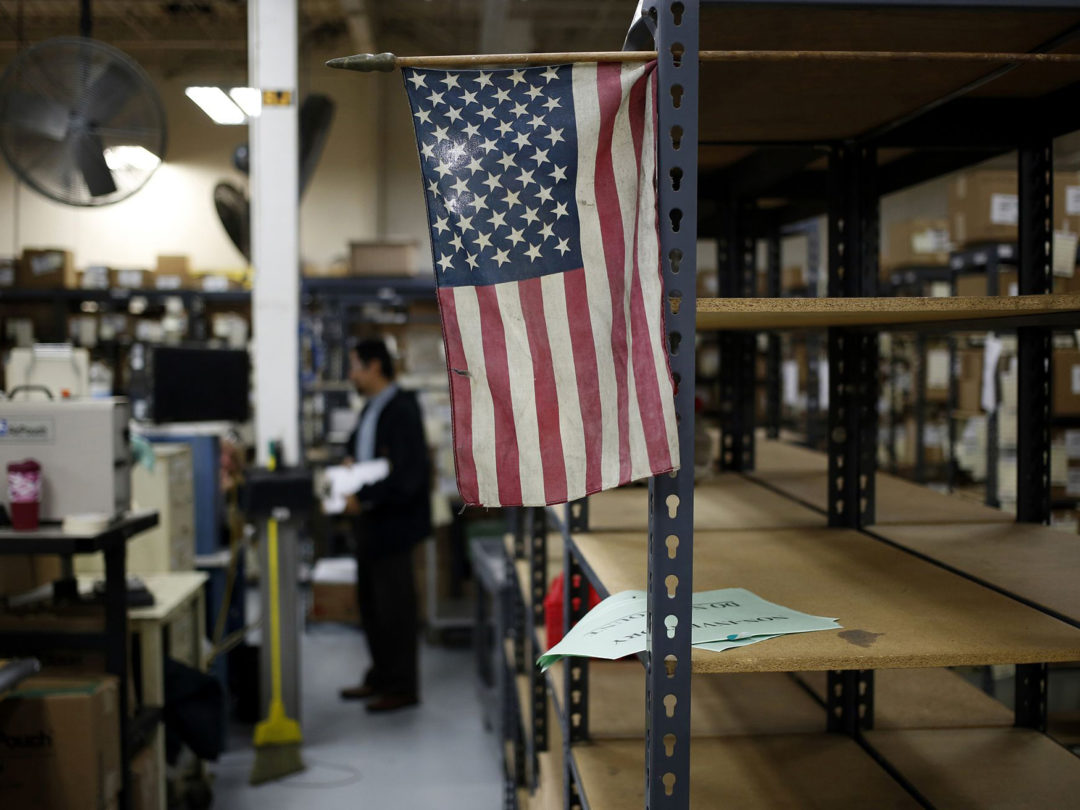
Much attention has been paid to the ability of individual companies and their supply chains to withstand disruptive events. But what makes an entire country resilient?
That question is of prime interest to FM Global, the American mutual insurance company that publishes an annual Resilience Index of 130 countries. The report is intended as a guide to businesses thinking about breaking into new markets, extending their supply chains or even reopening facilities following a crisis like the one we’re in now. Or, to put it more succinctly: which countries are the safest — and most dangerous — in which to do business?
The index is fed by FM Global’s internal data as well as multiple external sources, such as the World Bank. Drivers of country resilience fall into three main categories:
- Economic, including productivity, political risk, oil intensity and urbanization rate;
- Risk quality, including exposure to natural hazards and their accompanying levels of risk, fire risk quality and inherent cyber risk; and
- Supply chain, including control of corruption, quality of infrastructure, corporate governance and supply chain visibility.
For the second year in a row, Norway took the top spot in the 2020 index in overall resilience. Rounding out the top 10 were Switzerland, Denmark, Germany, Sweden, Finland, Luxembourg, Austria, Central United States and Eastern United States. (For purposes of the index, both the U.S. and China are divided into three regions with distinct natural-hazard exposures.)
The bottom 10, in descending order, were Nicaragua, Nepal, Mali, Mozambique, Iran, Lebanon, Chad, Ethiopia, Venezuela and Haiti.
The rankings have shown little change in recent years, although Taiwan climbed six places in the 2020 index to 29th place, “based on improvements in its natural hazard risk quality and quality of its infrastructure,” while Nicaragua plunged nine places to 121st “due to increases in its political risk and cyber risk, as well as decreased control of corruption,” FM Global said.
Recent events, however, have served to alter the risk landscape. Now, with the spread of COVID-19 worldwide, every country poses a threat to businesses, their supply-chain partners, workers and customers. Yet the situation also yields a valuable criterion for assessing relative resilience from country to country.
“One of the things we’ve been mulling over is how much does pandemic risk relate back to our index,” says Eric Jones, vice president and global manager of business risk consulting with FM Global. “Where you see countries that have handled the pandemic well, they tend to score pretty high in our index. We think there’s a very strong correlation, as well as their ability to recover and get their economies going fastest. The factors that drive the Resilience Index also tend to play a big role in dealing with the pandemic.”
Jones isn’t sure how the pandemic will end up affecting the index’s rankings. “We’re going to analyze that very closely when we get into it this year and early next year — whether we should tweak the results or not.”
In the end, of course, countries only have so much power to influence their positions in the index. Elements that fall within their control include the creation and enforcement of strong building codes, good corporate governance, and control over corruption. But they have no say over whether a natural disaster occurs within their borders — or, for that matter, whether their particular geography lends itself to high-risk events such as earthquakes, hurricanes, tornadoes, floods and tsunamis.
Another signaler of risk levels is GDP. Jones calls that statistic “a big factor within the index.” In theory, it’s the strongest economies that are best positioned to make necessary investments to shore up their infrastructures against natural disaster.
Or, for that matter, to protect their citizens against the ravages of a pandemic. But that hasn’t been the case with the U.S., which leads the world in both economic power and confirmed coronavirus cases. Jones says the country’s position in the index could well slip if proper measures aren’t taken to combat the disease.
“Economically speaking,” he says, “the U.S. should be poised to have a quick recovery. But it depends on what happens in the next few months.”
The value of the index for global businesses is that it makes them think hard about where they source, manufacture and sell their goods. Jones says the country rankings should be taken into consideration when making decisions that could amp up risk to the supply chain
“The biggest impact of the index is that it’s thought-provoking,” he says. “There’s no simple answer, but you want to create something that you can put in front of the C-suite — compelling information about suppliers and customers. You’ve got a fiduciary responsibility to manage risk and protect shareholder value, so why wouldn’t you want to look at something like this?”







